Do you ever struggle to maintain your yard with grass? Are you too busy to cut grass that has grown to ankle length? If the answer is yes, then try to replace the grass on your lawn with artificial grass.
What is artificial grass?
Artificial grass is made of synthetic fibre that looks like natural grass. It is designed like a carpet and comes in different shapes and sizes. It is also known as artificial turf, usually used for sports fields such as golf courses or baseball fields. It become more popular because it is so convenient to use at commercial properties, residential landscapes, or even in your neighbour’s yard. It is also easy to combine creatively inside the building to make people inside feel close to the environment.
Why Need to Choose Artificial Grass over Real Grass?
There are many reasons to start using artificial grass in your building. It can save money and time for house owners because it is easy maintenance. Natural or real grass can be overgrown or even die, turning brown. Most of the water used in a residential area is for landscaping. Wasting water to beautify a house yard will be very unfortunate in the global warming era. With artificial grass, the yard will always stay green without water. You do not need to hire a landscaper to tidy the yard. Nothing worries about people visiting the house and stepping on the grass in the yard. Artificial grass is not easily damaged because it can return to its original shape with its elasticity. All these things will save you time because of lower maintenance costs.
Types of Artificial Grass
Do you know what are common types of Artificial Grasses? Artificial grass comes in many shapes and materials. Identify first what function you want in using artificial grass. After you already understand what you need, then choose the material in the appropriate shape for the space to install artificial grass. Many types of them depend on the following:
Material
Three different types of plastics used for artificial grass material:
- Polyethylene (PE)
This material is the most commonly used plastic we can find daily, like mineral bottles and food packaging. The material is flexible and resistant to electricity and chemical exposure. It will look amazing in artificial grass with green colours and feels natural and soft. It can withstand lots of use and is not easy to wear out. Taking care of this artificial grass is easy as it needs to brush to let the grass back to its shape.
- Polypropylene (PP)
Polypropylene is the cheapest material for artificial grass. Being a cheap material is an advantage, but it also has a shortage. This material is not as durable as it seems. It does not stand up well to people walking or playing on it. It is also not heat resistant and looks unnatural to use. Not your best choice for artificial turf out of the building. As one of the thermoplastics, PP is also recyclable.
- Nylon
Nylon is the most expensive material among these three. If there is a price, there is a quality. So far, nylon is the strongest fibre in artificial grass material. It is also softer than PE and PP. Nylon fibre is more resilient than polyethylene and polypropylene. This material is the great one for high foot traffic usage. It works well as turf in sports stadiums. Nylon also has a far longer life cycle and is better for the environment.
Where to Use Artificial Grass?
Artificial grass has different structures and designs depending on the use, such as:
1. Landscape Artificial Turf
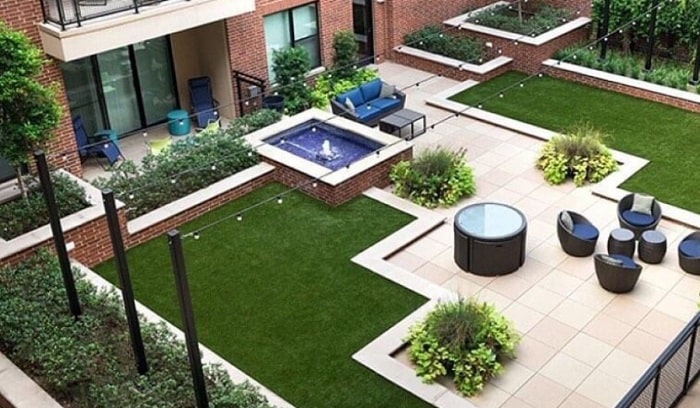
Artificial grass on the landscape commonly uses in residential, commercial, and playground lawns. It should provide a green, clean space with low maintenance. In this one, you can choose plush and tall but also soft because, in this area, you want to have barefoot and be safe for children. Choose S-shape turf to reduce the amount of reflected sunlight and use less foot traffic. W-shape turf blade is also a great choice because it provides a fresher yard. The air could go inside the material. But if you want the durable one for landscape, pick the M-shape turf blade.
2. Pet Artificial Turf
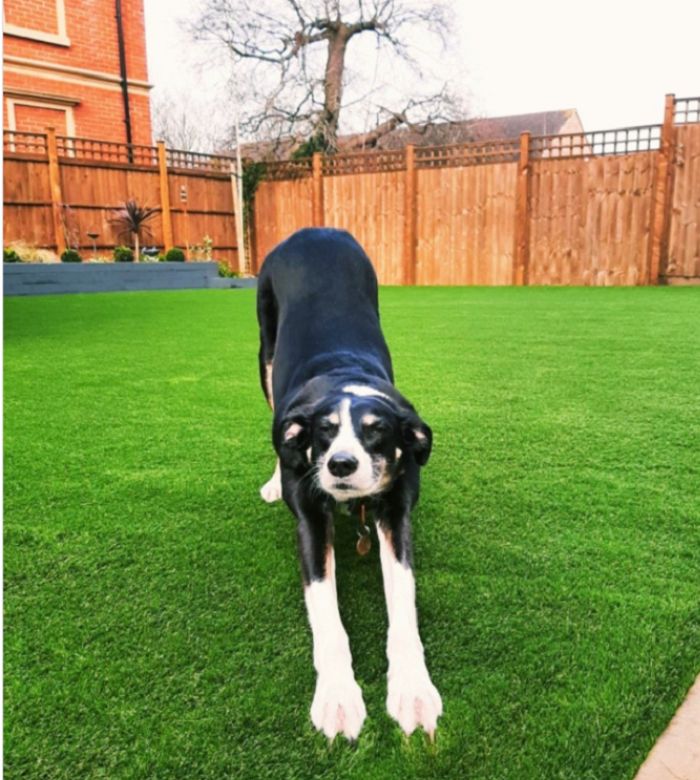
Tall and plush artificial grass is not recommended for pet areas because it is hard to clean it. The ideal turf for this area should be short, durable, and less dense. Landscape artificial grass is also an option for this one, but the maintenance of pet-friendly turf needs more attention. This grass will begin to smell if you do not consistently sanitise it. After all, it is a place for a pet to play. Omega-shaped turf blades are the best choice for this artificial turf.
3. Sports Artificial Turf
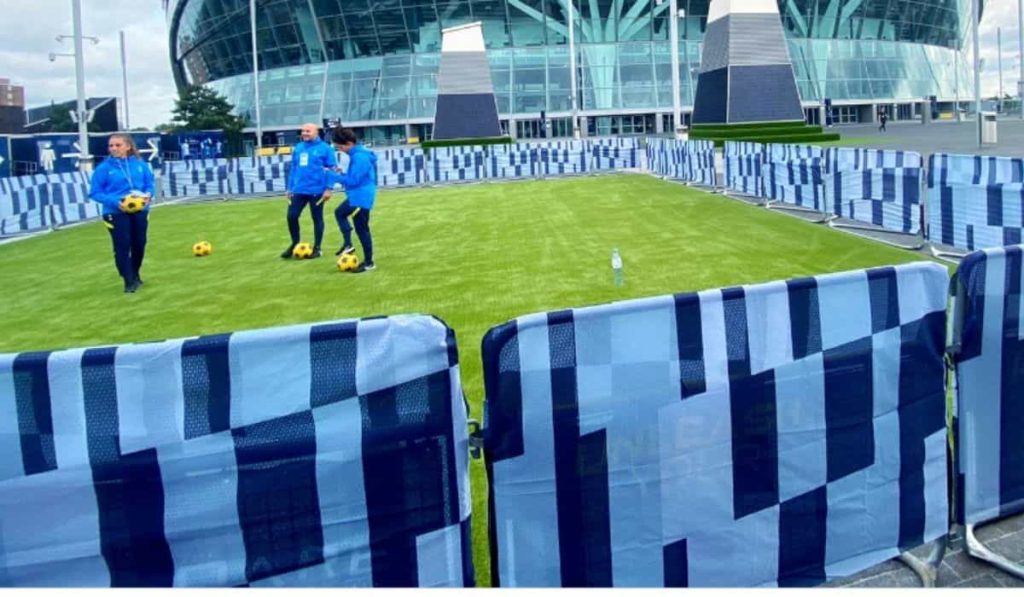
Durable is a must for this artificial grass. Because of the use, sports turf should resist wear and tear. Artificial sports turf has additional shock absorbers to protect athletes when performing exercises. Places that use this turf are fitness centres, sports stadiums, and healthcare facilities. This grass usually has M-shape turf blades that are very durable and spread pressure across several points of blades.
4. Rooftop or balcony Artificial Turf
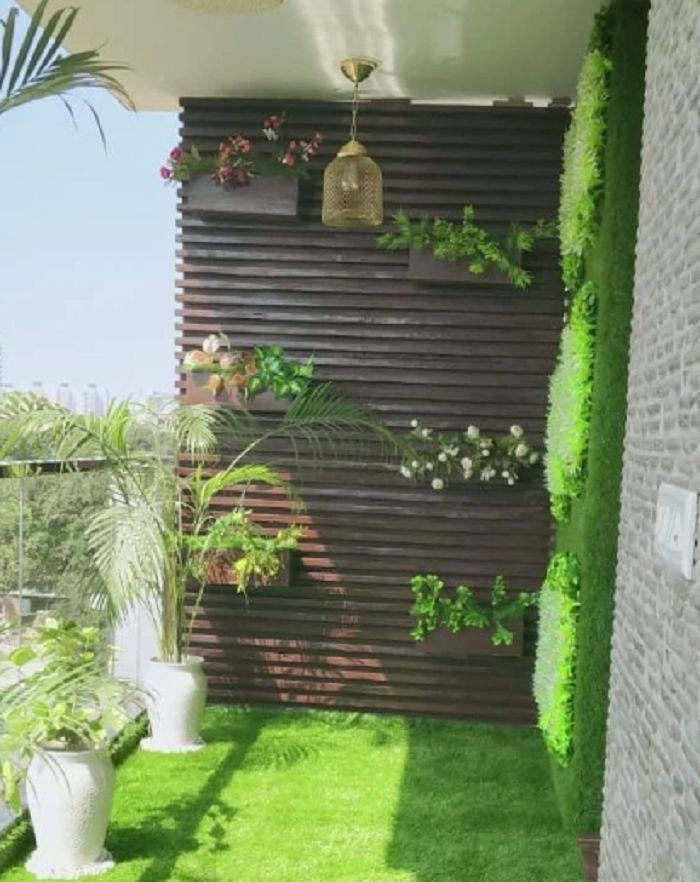
Try to install artificial turf on your rooftop or balcony area. The difference between turf on a rooftop or balcony and another area is the drainage system. The rooftop grass should have a soft, plush texture and a construction that allows water to flow under the turf. Try to choose taller grass for this area because this place has less foot traffic. Diamond blade shapes are the perfect choice for this turf. It is best in areas that receive low to medium foot traffic.
5. Decoration Artificial Turf
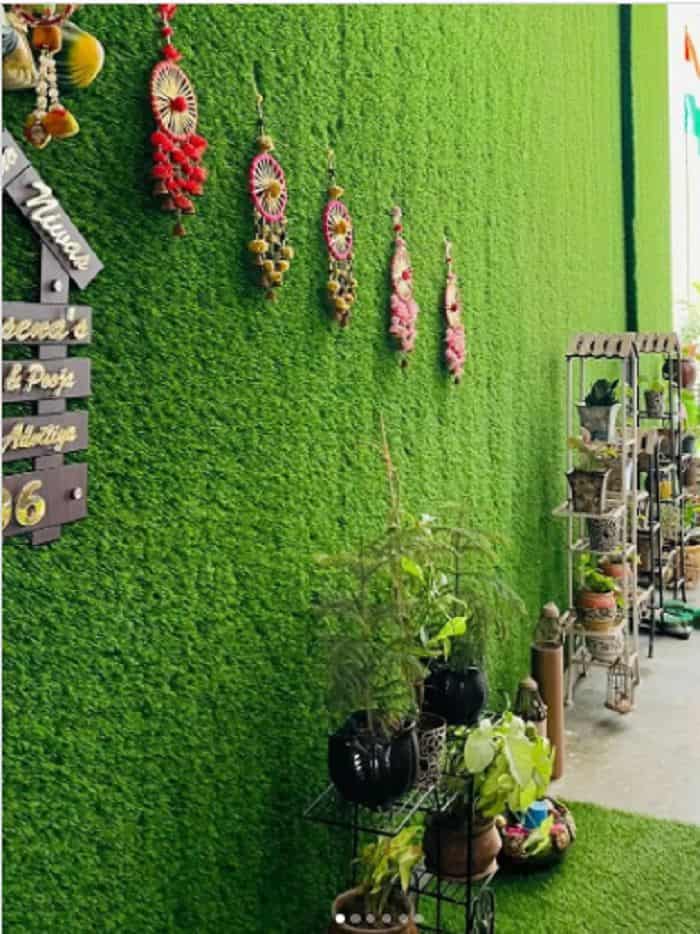
Artificial grass for decoration also can be seen in many places, in commercial areas, or even in some houses. There is a decoration on the wall or divider that has used artificial grass on it. You can choose the cheapest turf for this one that only has backing and fibres. It is also okay to choose non-UV-stabilized turf for indoor areas. C-shape turf blade will offer a soft feel to the turf. It is also ideal for areas that receive little to no foot traffic.
Pros and Cons of Artificial Grass
Pros of Using Artificial Turf:
1. Water Conservation
Water is a vital thing in life. You should reduce the use of water for non-essential stuff. Using an artificial grass is one way to conserve water. Artificial grass needs no watering to stay green.
2. Save Money and Time
Because you do not need to water it or cut it, you can save time to do something else. No longer need to spend money on hiring a gardener. Water bills will not increase due to lawn maintenance.
3. Unaffected by The Season
You can always use your green yard as a livable space every season. Say bye to dirt during the rainy season. The turf is still green even in the fall. But the turf can turn white if you are not cleaning the snow in the winter season.
4. Easy to Install Anywhere
Artificial grass can be installed anywhere inside as well as outside the building. You can also adjust the shape of turfs to follow the contour. You need to find the perfect form to install it in the area.
5. Clean Looks on The Yard
One benefit of using artificial grass is it stays clean. Do not worry about specks of dirt. Bugs and pests also cannot find any source of food or place to live inside turfs.
Cons of Using Artificial Turf
1. Expensive upfront costs
Having artificial grass is more like an investment. You need to incur lots of expenses upfront and can save money later. The look of turfs in the yard also boosts your building value in future.
2. Hot Surface on Day
Artificial grass made of plastic fibres. It can get hot when exposed to direct sunlight at high temperatures during the day. It would not burn your skin, but it was uncomfortable to play or walk barefoot in this situation. You need to choose artificial grass that is less dense and complete it with premium infills on the spot.
3. Unpleasant Odour in Pet Turf
If you choose to install turf for your pets, you should maintain it regularly. Your pet can play on it without worrying about dirt on the feet. But, you need to sanitise and clean the artificial grass surface to clean bacterias that can cause odour.
4. Watch Out of Melting Grass
The direct sun would not burn the grass, but if the sun gets a reflection from a window or stainless steel to artificial grass, it can cause a problem. It will not catch fire, but the turf on that side might melt. Consult it first with a professional before you install turfs.
How to Clean Artificial Grass?
Even though it is low maintenance, artificial grass needs to get cleaned. However, it is an easy task to care for your artificial grass to always look fresh for years.
1. Brush the Grass
Get a rake or bristled broom to brush the turf. It is not just to clean it from the dust and leaves. It will also bring back the turf into its original position and redistribute infills. Cleaning the turf will also facilitate the drainage system.
2. Rinse the Surface
Remove residues on the surface by hosing the area once a week. Clean and let dirt away from the surface. Rinse them evenly to make them look uniform.
3. Using Cleanser
Try to use natural cleansers to clean the area with artificial grass. Non-toxic cleaners such as vinegar can help remove odours in pet turf. Rinse turfs with water after using the cleanser. For stains, you can clean them using detergent. Dissolve the detergent in water and wipe it gently to avoid damaging the turf.
Conclusion
Artificial grass has many benefits to install. It does not just save money and time. It also adds more value to your properties. Before installing it, you need to consult with a professional. It helps you to find out what is the best turf to install in specific areas.
FAQs
What do you put under artificial grass?
It is a prepped ground under artificial grass. After removing the natural grass, you need to add a new layer on the surface. You can choose whether a decomposed granite or road base to its underlay. All of the underlay depends on the function of the areas. The drainage system is the benchmark for choosing the layer for the turf surface.
Can you lay artificial grass on the existing lawn?
No. You need to prep the ground and remove the grass on the lawn. Artificial grass should be installed on a smooth surface that prevents soil from settling bumps in the future.
Does artificial grass feel like natural or real grass?
It depends on the material. It can feel like natural or real grass with the same colours. To achieve it, choose the best materials or the expensive ones. The shape of the blade turf will also affect its texture.



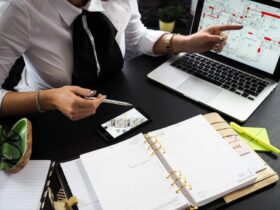
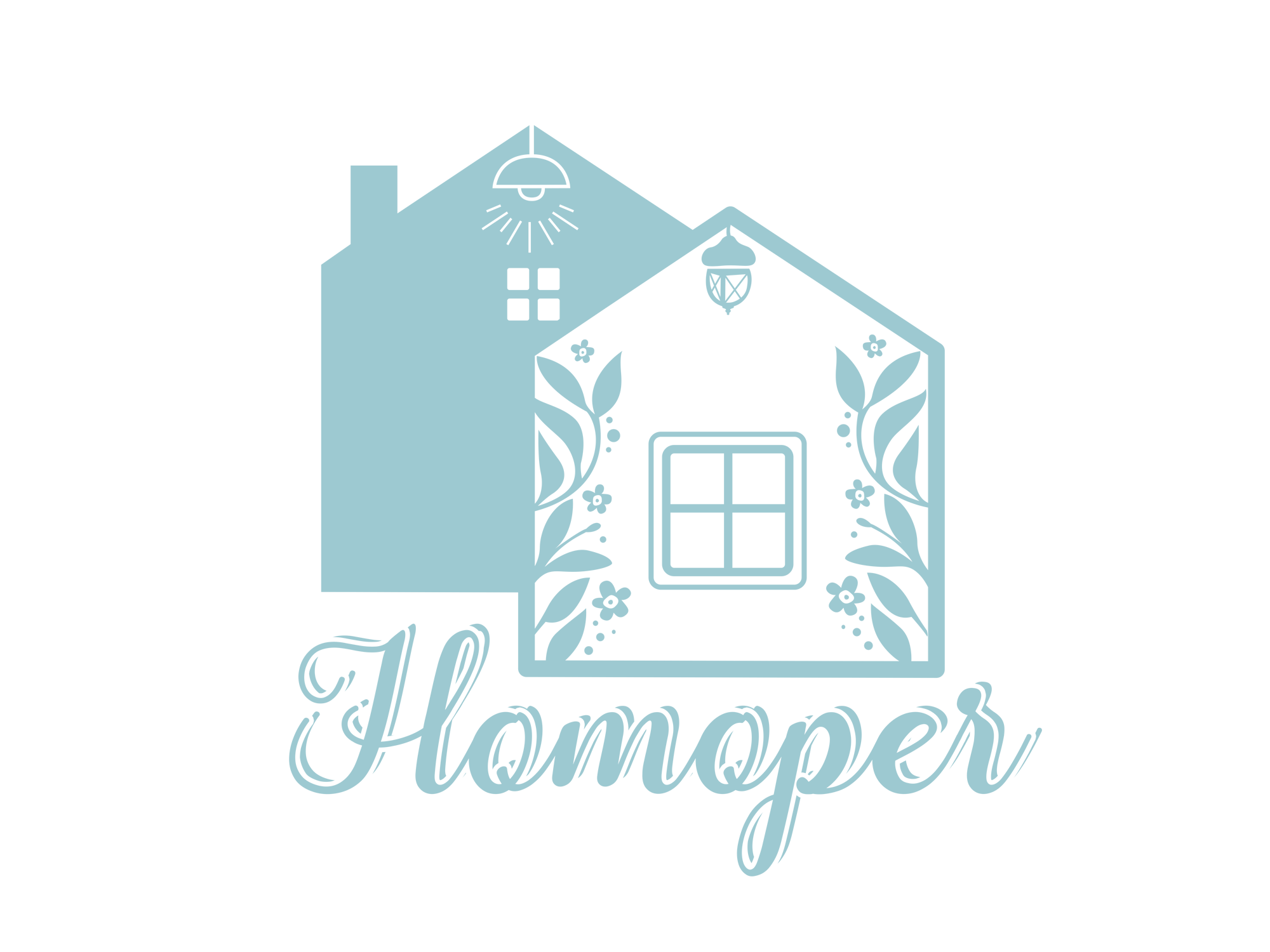
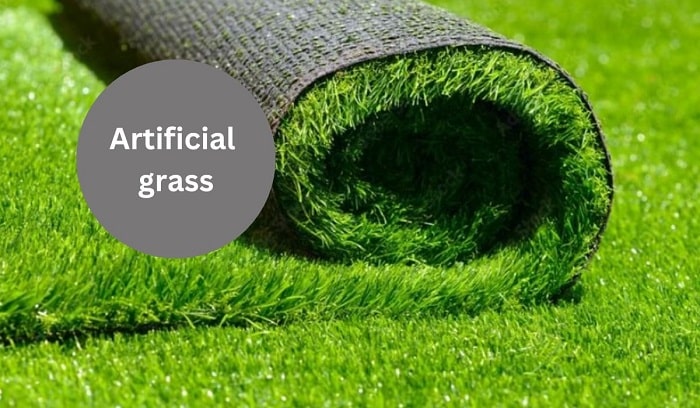




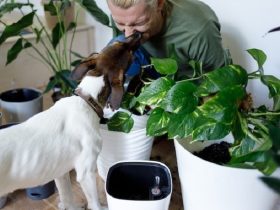
Leave a Review